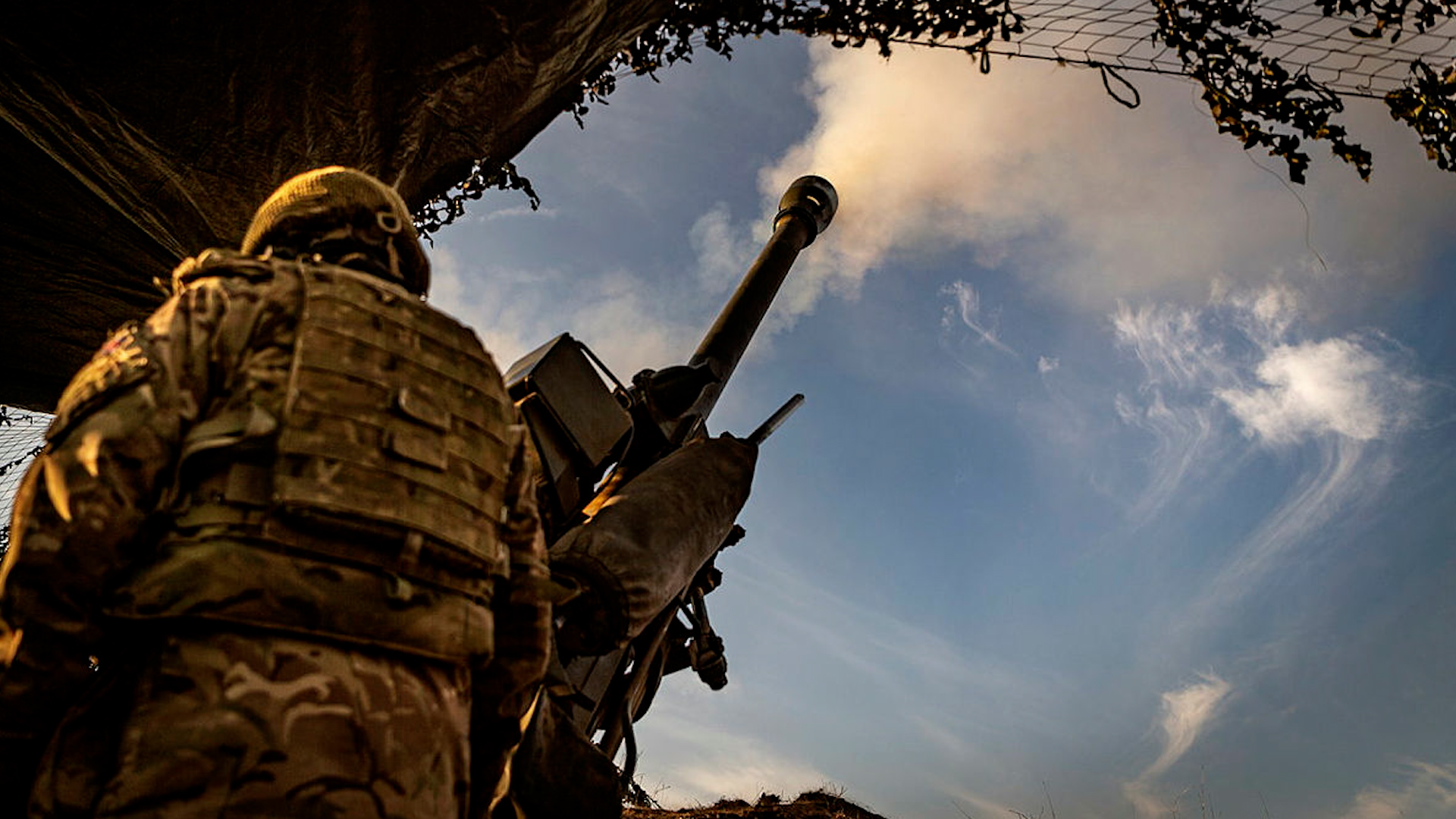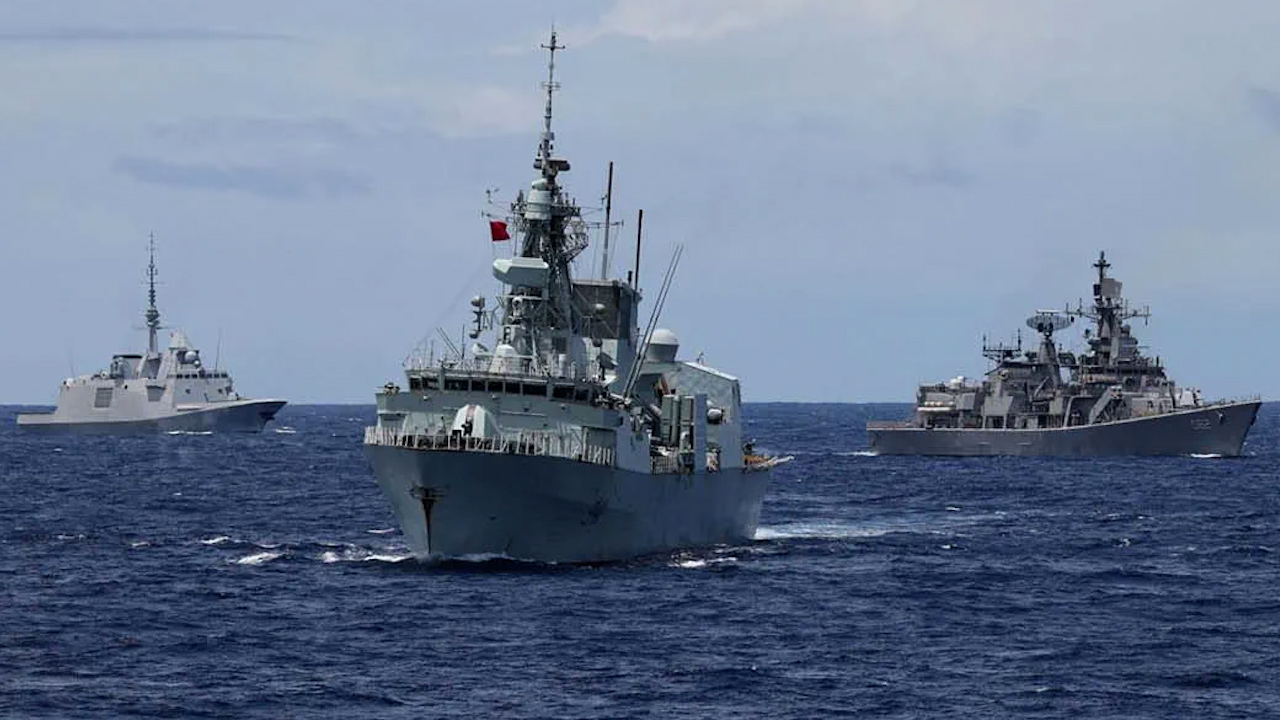
Measure of defence spend should be changed from percentage of GDP to a new formula

The Prime Minister spoke of the need to change the UK's national security posture to meet the "generational challenge" last week in Parliament.
That challenge is the threat that "the UK faces from a Russian regime which poses a menace to the UK’s interests in Ukraine" and, increasingly through its "below threshold" activities of sabotage, hacking and assassination.
Trailing the "biggest sustained increase in defence spending since the end of the Cold War", I was somewhat surprised to hear that this amounted to only 0.2% of GDP and, even then, not for two years.
The money doesn't kick in until April 2027. Using figures from the IMF, my calculations suggest that this will be worth an estimated £5.3bn in 2027.
It's certainly not to be sniffed at, but it falls some way short of the PM's boast of an extra £13.4bn every year for defence from 2027.
The rest of it, therefore, is already announced money to support Ukraine.
Inflation affecting defence spending
So, for the next two years, it would seem, defence's budget remains in something of a pickle.
The spike in inflation that we saw a couple of years ago had a major impact on household budgets, but it also had an impact on the defence budget.
With costs rising in the defence programme by, say, 10% or so, the same budget buys you only 91% of the things that you had planned to buy.
All other things being equal, then, you need to strip out nearly £1 in every £10 that you were planning to spend. And that is compounded each year.
When so much of the budget is already fixed on programmes that are contractually committed, along with wages and other unavoidable costs, the pain really starts to bite.
The axe will always fall on those areas where it is possible to save money in the short-term.
These can be spares and repairs of equipment, routine maintenance, replenishment of stockpiles, military exercises, facilities and other activities.
The savings are usually relatively small and disproportionate in their impact. There isn't anywhere else to look.
Cancelling or delaying projects under contract doesn't usually save you money in the short term in any case.
Owing to the costs incurred by the suppliers, even doing this self-harm will make the immediate budget pressure worse.

Fighting capabilities eroded
In a supposedly pre-war era, this attrition of the readiness and availability of our Armed Forces makes little sense.
Over time, this has contributed to an erosion of fighting capability and, whilst frontline numbers are largely maintained, there is a hollowing out of the true capability and resilience of defence.
The debt built up over the last three decades in this respect will take a lot more than 0.2% of GDP to buy out. And that's assuming we have time. Not starting for two years doesn't seem to show a real sense of urgency to me, no matter how difficult it has been to wrestle the fiscal headroom from the Chancellor of the Exchequer.
There is an element of this, of course, which does come from defence's inability to manage within a budget. There is an identifiable cycle: the policy is issued in a Strategic Defence Review or Command Paper, but the policy always exceeds the means (money) necessary to deliver it in full. It is overly ambitious. This suits both Ministers and Senior Officers as no one wins points for showing a lack of ambition.
The programmes that need to be launched to meet the policy then spin around in circles: not enough money to meet the requirement; go back and do a study to review the requirement; launch an option to bid for the money to meet the newly evidenced requirement; no money available, so bid for it in the next SDR, that'll sort it out.
And this is how the bow wave builds up in the equipment programme to the point where, as now, the MOD will not even publish one. The MOD has been publicly admonished by the chairs of the House of Commons Defence Committee and the Public Accounts Committee for a lack of transparency.
So, what's the way out?
Discipline. I have written about this for BFBS Forces News previously.
Being realistic about how much load the funded portfolio can bear and cutting the cloth accordingly. And then, of course, improving on the effectiveness and efficiency of delivery.
But does it help, therefore, that defence expenditure is set as a percentage of GDP, rather than being tied more specifically to specific policy objectives, like force structures and programmes?
The challenge of trying to force the policy outcome into a percentage of GDP-shaped budget is that the two almost certainly won't be aligned.
Goodhart's Law
And this is where two important laws come into play.
The first is Goodhart's Law, which states: "When a measure becomes a target, it ceases to be a good measure."
In this context, fixating on 2.5%, 3%, or any percentage of GDP as a target does not guarantee effective defence spending.
Divorced from the end and ways of the strategy, themselves focused on meeting the prevailing threat, the means become simply an abstract distraction.
More might be better, but for what? Is it enough? How do we know?
Such a measure is useful to allow for easier comparison of defence spending across different nations, providing a relative measure of investment in national security and thus fair burden sharing in an alliance.
It might even be useful as a means of communicating intent to domestic and international audiences alike. But as a tool of national defence policy making, it is a very poor measure indeed.

Campbell's Law
And then there is Campbell's Law which states: "The more a metric is used for decision-making, the more subject it will be to corruption pressures and the more it will distort what it is intended to monitor."
We need to beware of the temptation of wedging other things into the defence budget (Diego Garcia costs?) to amplify the figure.
If it's not a like-for-like comparison, then it's disingenuous.
That might solve a short-term political problem, but it won't cut the mustard in terms of delivering the capability required to meet the threat and achieve the strategic ends.
So, whilst welcoming the acknowledgement of our national security predicament and noting the challenges of fiscal reality, we should not get seduced by the percentage of GDP.
Only by understanding the strategy, that is to say the resources necessary to realise the theory of victory against the threat to our national interests, can we possibly know if it is enough.
Commodore (Ret'd) Steve Prest is an independent consultant and advisor who can be found on X as @fightingsailor.









